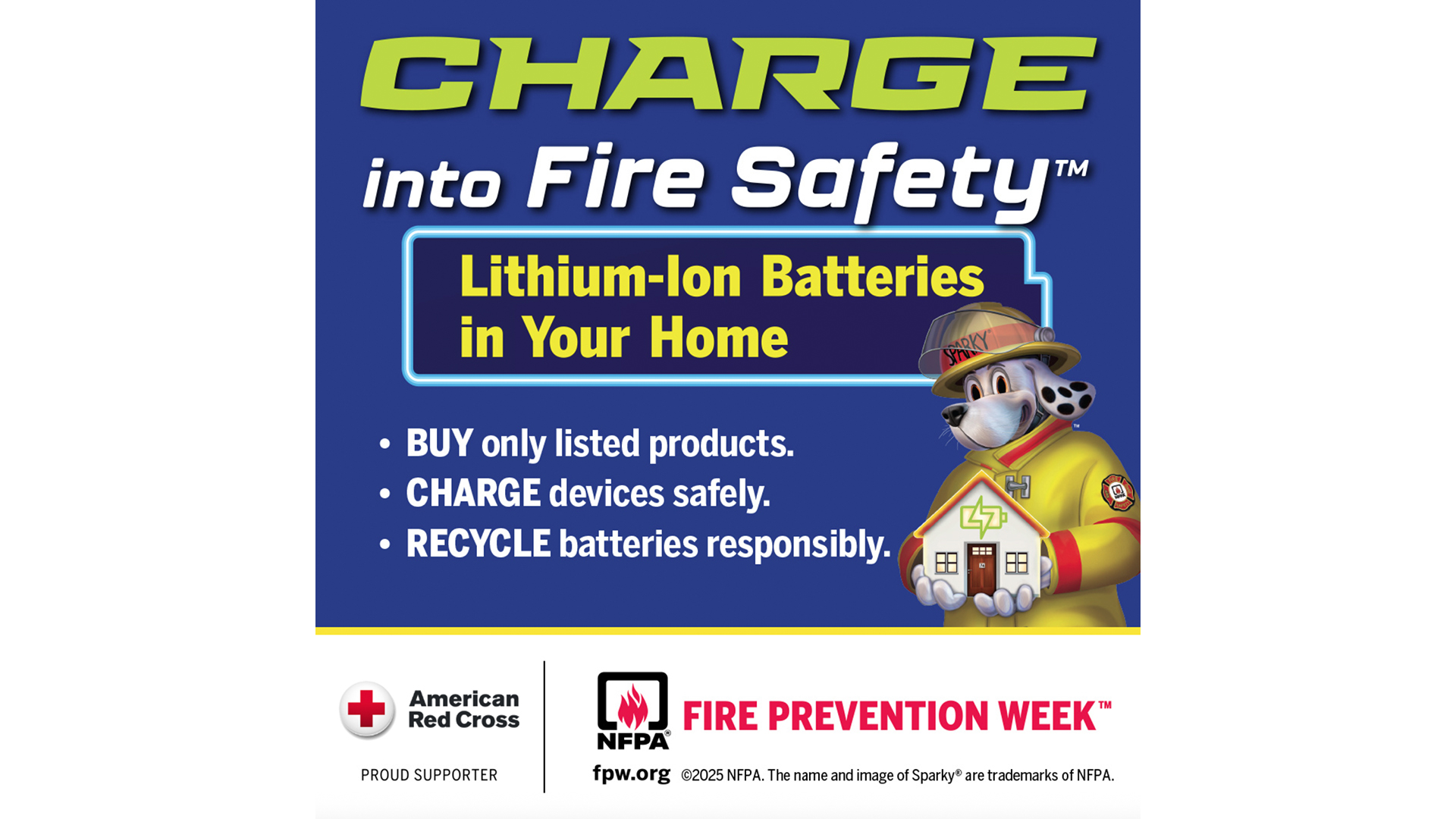
Increasingly we see new products available that contain lithium-ion batteries. But how do we use these batteries safely? What are the risks in buying, charging and recycling them? These are important questions we must ask ourselves in our growing electronic world.
While a lithium-ion battery might not look like it could cause any risks or damage, the risks can be serious. For example:
What can you do to minimize these risks? Following the next three steps will help. They involve which batteries to buy as well as charging and recycling safely.
Buying
Always make sure any product you purchase has a safety certification mark such as:
These certifications show that the battery minimizes risks like thermal runaway, fire and explosion. Following these tips will ensure you are using a product that meets important safety standards and is safe to buy.
Charging
When charging your device that uses a lithium-ion battery, make sure that you always use the charger that came with the product. Using other charges could damage the battery, making it unsafe and prone to risks. If you need to replace the charger, make sure to buy one from the same company where you purchased the device.
Make sure that you do not overcharge your device. When they are fully charged, remove them from the charger.
Recycling
Lastly, make sure to recycle correctly. Lithium-ion batteries should never be thrown in the trash or a recycling bin used for other types of recyclables. They can start a fire when disposed of incorrectly. You can find a recycling location near you at Call2Recycle.org.
In our ever-growing world that is advancing in technology at the speed of sound, we must stay vigilant and know how to buy, use and recycle safely.
---------------
- Written by Caroline Carr
Support all the urgent humanitarian needs of the American Red Cross.
Find a drive and schedule a blood donation appointment today.
Your time and talent can make a real difference in people’s lives. Discover the role that's right for you and join us today!